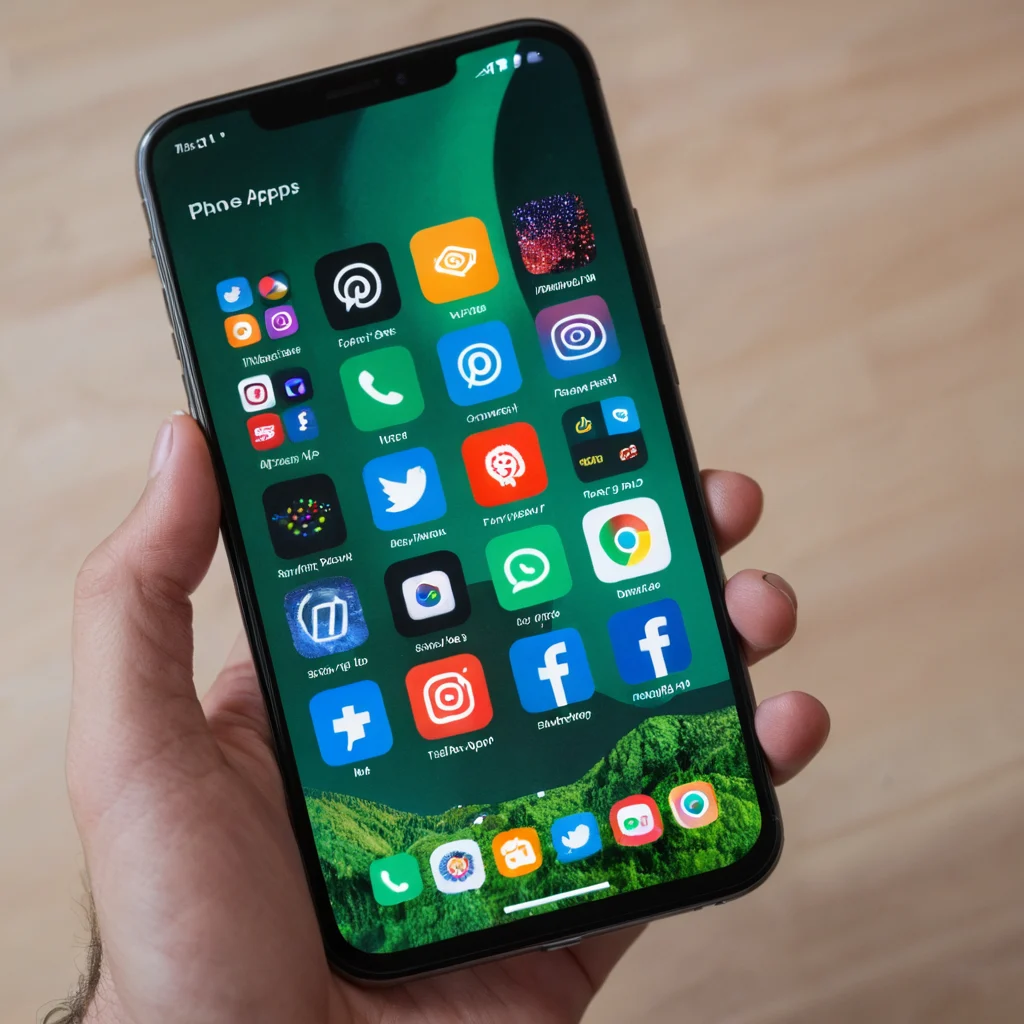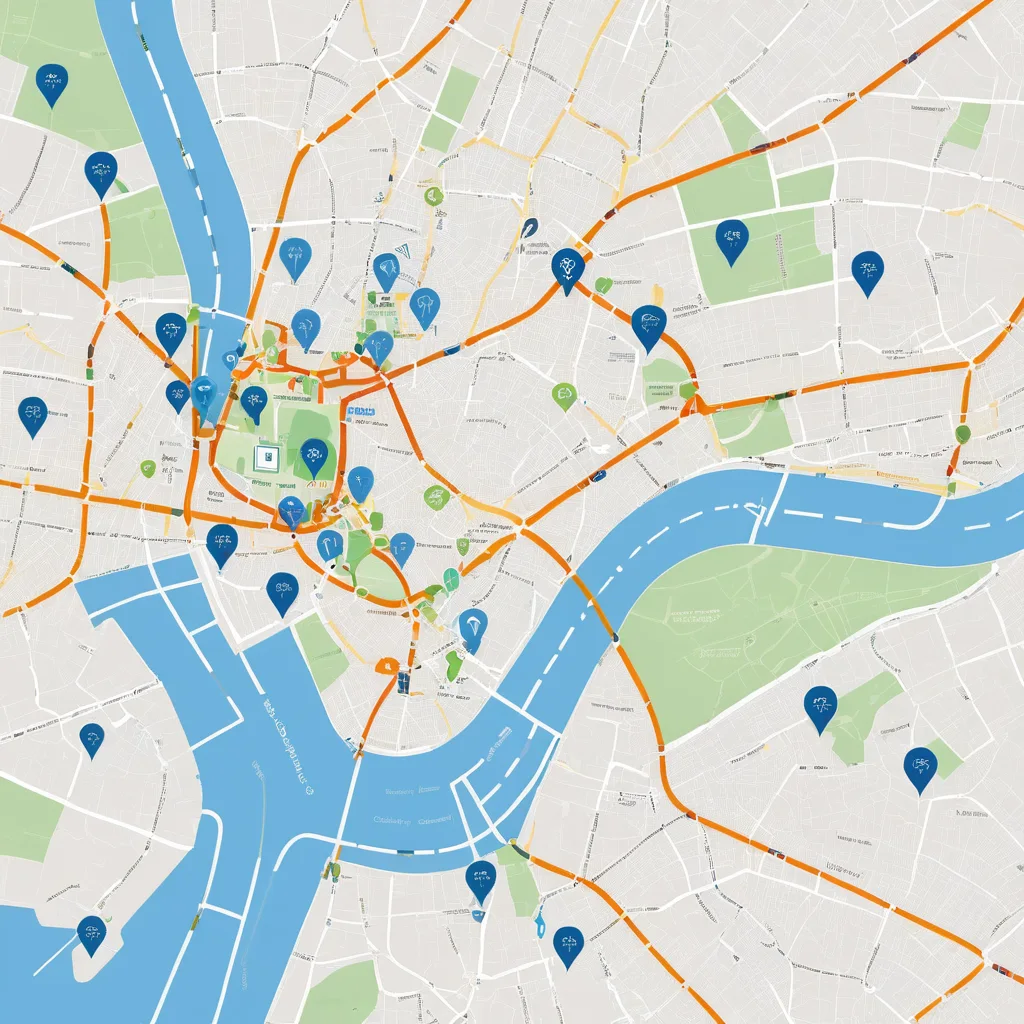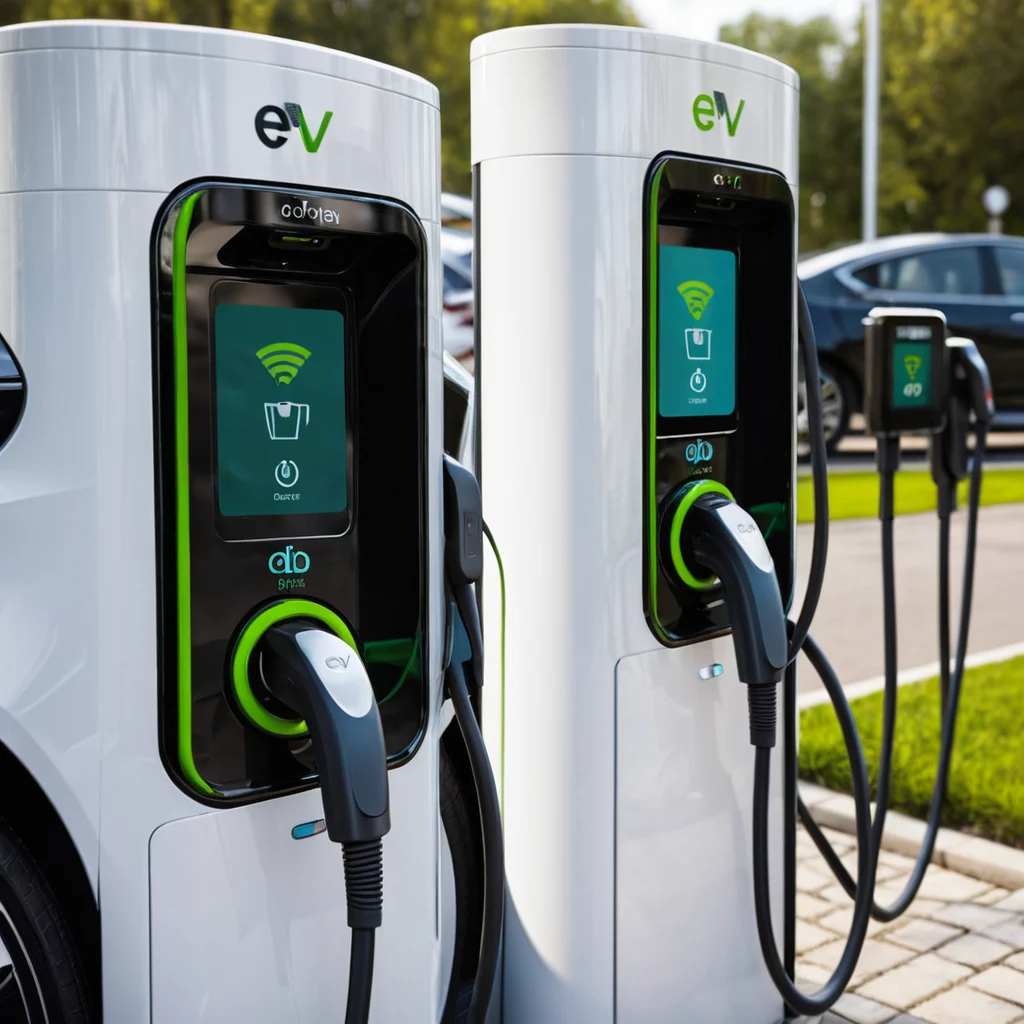With the rise in electric vehicle (EV) adoption, knowing how to quickly find the nearest charging station is essential for EV owners. As infrastructure continues to expand, there are now numerous ways to locate a charging station conveniently. This article will walk you through the best methods and tools to find the “nearest electric car charging station,” tips for a smooth charging experience, and additional considerations to make your EV journey hassle-free.
Why the inability to find a charging station is so concerning for EV owners.
The most common fear for EV drivers is range anxiety, or the fear of running completely out of charge with no charging station in sight. But as the EV market continues to grow, charging points are increasingly popping up on highways, throughout urban centers, and even in rural settings. Knowing where these stations can be found can ease this concern and make EV ownership more enjoyable. Let’s dive in and figure out how you can find the closest electric car charging station with much ease.
Use EV Charging Apps

One of the most convenient ways to find an EV charging station is through specialized apps. These apps are designed to help users locate nearby stations, assess their availability, and even compare costs and charging speeds.
- Popular EV Charging Apps
- PlugShare: Known for its user-friendly interface, PlugShare offers a comprehensive map of charging stations worldwide. The app allows users to filter charging points by type (DC Fast, Level 2) and view station reviews from other users.
- ChargePoint: ChargePoint not only helps locate stations but also provides real-time data on station availability, charging status, and cost.
- Electrify America: Offering one of the largest fast-charging networks in the U.S., the Electrify America app is ideal for those seeking DC fast chargers.
- EVgo: EVgo’s app is particularly useful for finding fast chargers in urban areas, and it also offers station reservation options.
Each app has unique features, so it’s helpful to explore multiple options to see which best fits your needs.
| App | Key Features | Ideal Use |
|---|---|---|
| PlugShare | Station filtering, reviews, user map | Worldwide coverage |
| ChargePoint | Real-time data, charging history | North America |
| Electrify America | Fast chargers, cost comparison | U.S. highways |
| EVgo | Fast charging, reservations available | Urban areas |
In-Built Navigation in EVs
Many modern electric cars come with integrated navigation systems that include EV-specific features, such as locating nearby charging stations. Brands like Tesla, Nissan, and Hyundai have sophisticated navigation systems that display nearby charging options on their digital dashboards. For example:
- Tesla: Tesla’s navigation system is tailored to its Supercharger network, allowing drivers to see live availability and expected wait times at each location.
- Nissan Leaf: The NissanConnect EV system offers a map feature that shows charging stations, compatible with both CHAdeMO and Level 2 chargers.
- Hyundai Kona EV: Hyundai’s Bluelink navigation offers EV-specific features, showing charging station details and even guiding you to the nearest available charger.
Using your EV’s in-built navigation is often the most straightforward way to find a charging station, as the system is usually optimized for your vehicle’s range and battery capacity.
Online Maps and Websites
In addition to apps, certain websites and map services are incredibly effective at locating the nearest charging stations.
- Google Maps: A widely accessible tool, Google Maps recently added EV charging station locations to its features. Simply enter “nearest electric car charging station,” and it will provide a list of nearby options, complete with directions and reviews.
- Apple Maps: For iPhone users, Apple Maps provides a similar function to Google Maps, showing the location and availability of charging stations, with additional features for EV routing.
- Zap-Map (UK-based): This map service is dedicated to UK EV drivers and offers a comprehensive network of charging locations, real-time availability, and route planning.
Using these general map services allows you to access charging locations without the need for a specific app, which can be convenient if you’re in a hurry.

Public Charging Networks
Many governments and private companies have established extensive EV charging networks. These networks are designed to cater to various types of EV users, from commuters to long-distance travelers.
- Tesla Supercharger Network: Tesla’s proprietary Supercharger network is ideal for long-distance travel, with fast-charging capabilities allowing you to charge up to 80% in just 30 minutes.
- IONITY: A European network focused on providing high-speed chargers along highways for travelers, IONITY offers stations compatible with a wide range of EVs.
- BP Pulse (UK): BP Pulse provides numerous charging options in urban and suburban areas, ideal for UK drivers.
Understanding these networks is essential when planning longer trips, as each network offers different types of chargers (e.g., fast, ultra-fast, and slow chargers) and membership options.
| Network | Region | Charger Type |
|---|---|---|
| Tesla Supercharger | Worldwide | DC Fast, proprietary |
| IONITY | Europe | Ultra-fast (350 kW) |
| BP Pulse | United Kingdom | Fast, Level 2 |
Route Planning for Long Trips
Route planning is crucial for EV drivers, especially if you’re taking a longer trip. Using a combination of apps and in-built navigation systems, you can plan your journey to ensure charging stations are conveniently located along your route.
- ABRP (A Better Routeplanner): ABRP is an advanced tool designed specifically for EV drivers. It calculates routes based on your car’s make, model, and battery status and identifies optimal charging stops.
- EV Trip Planner: This tool considers factors like speed, elevation, and outside temperature, which can all impact battery life. It’s especially useful for planning long journeys through areas with fewer charging stations.
Planning your route in advance using one of these tools can help you avoid unexpected battery depletion and keep your trip smooth.
What to Consider When Choosing a Charging Station
When selecting a charging station, there are several factors to consider:
- Charging Speed: Fast chargers (e.g., 50 kW and above) are ideal for quick stops, while slower Level 2 chargers may be better for overnight charging.
- Availability: Some stations can get busy, so checking live availability through apps can help avoid wait times.
- Cost: Charging costs vary based on location and network. Public stations may charge by the hour or per kilowatt-hour (kWh), so consider the rate before selecting a station.
- Compatibility: Make sure that the charger is suitable for your EV’s connector type. Common types include CCS, CHAdeMO, and Tesla’s proprietary connector.
Making EV Charging More Convenient: Tips and Tricks
Finally, here are a few tips to make your charging experience as convenient as possible:
- Memberships and Subscriptions: Many networks offer subscription options, which can provide cost savings and priority access to stations.
- Charging Etiquette: Always unplug your car when it’s fully charged to free up the station for others. Some apps even send notifications when charging is complete.
- Keep an Adapter: Some EVs are compatible with multiple charging types if you have the right adapter. This flexibility can make it easier to find a station, especially in areas with limited options.
Conclusion
Locating the nearest electric car charging station is simpler than ever, thanks to the many apps, navigation systems, and networks available. By using specialized EV charging apps, in-built navigation, and public charging networks, you can always stay charged and ready to go. With careful planning and the right tools, the transition to an electric vehicle can be smooth, enjoyable, and free from range anxiety. Embrace these resources, and enjoy the journey!
